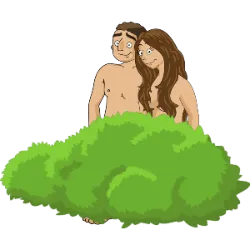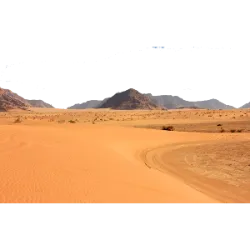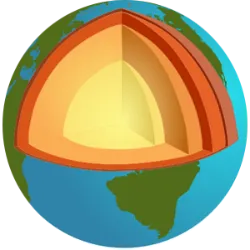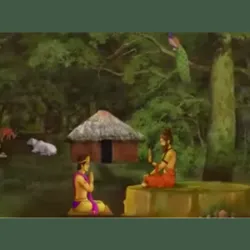The Dynamics of the Earth
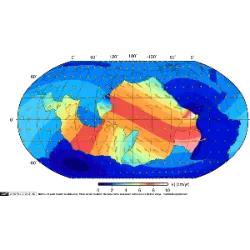
Tectonic plates are large blocks that make up Earth’s surface and move slowly over the mantle. Their collisions, separations, and sliding motions explain earthquakes, volcanoes, and the formation of mountain ranges. When one plate sinks beneath another, the material heats up and can generate volcanoes, which release magma, gases, and ash. The intensity of eruptions depends on magma composition and the pressure accumulated inside the crust.
Rocks are natural aggregates of minerals that form the foundation of Earth’s crust. They may be igneous, when solidified from magma; sedimentary, formed by the compaction of sediments; or metamorphic, transformed by high heat and pressure. Each type reveals important processes in Earth’s geological evolution.
Minerals are natural solid substances with a defined chemical composition and crystalline structure that determine properties such as color, luster, and hardness. Ores, in turn, are minerals or rocks that contain economically valuable elements — such as iron, copper, or gold — in concentrations that allow extraction. Together, these concepts show the planet’s internal dynamics and the origin of many essential resources.
Did you know??





